I'm want to create a project with a LED strobe with IR LEDs.
As LEDs the Osram SFH 4249-UV will be used in strings of 15 LEDs and 32 strings parallel.
This results in a Vf of 34.5 - 45 V and a If of 32 A in an 0.3 ms flash.
The pulse frequency will be between 1 and 100 Hz and the current is most likely to be between 0.5 and 1 A.
Due to the fact that I'm not experienced with current sources created with shunt fets I read there is a high possibility of oscillation. I'm looking into using the CPH6442-TL-W from ON semiconductor since this one is capable of a drain current > 1A with Vds of 50V at 1 ms.
- How can I prevent oscillation and where do I have to look out for selecting a opamp?
- how does a fet shunt current source work?
- Does is switch really fast on and off or does it increase the Rds?
I was thinking of the following circuitry:
Update: thank you all for the ideas and recommendations. I have found a BUK6D43-60EX mosfet that would be sufficient but when I calculate the maximum power I get with a thermal impedance of 6 K/W a junction temperature of 135°C at a ambient temperature of 60°C (T-junction = T-ambient + R-ja * (Vcc-Vled-Vsense) *If). This seems really insufficient and generating a lot of heat. I know I can switch te mosfet for a BJT or IGBT but I'm not so familiar with these components other than I know a BJT would have a much higher error since the base current also goes though the sense resistor.


